October is Breast Cancer Awareness Month. This year we wanted to honor this month by raising awareness through our partnership with Dr. Liz O'Riordan, a distinguished Breast Surgeon, Best-Selling Author, and Motivational Speaker with breast cancer. Together, we aim to shed light on the crucial topic of breast cancer by addressing the most pressing and frequently asked questions surrounding it.
Get the answers to the top most googled questions about breast cancer straight from Breast Surgeon with Breast Cancer, Dr. Liz O'Riordan.
1. How does breast cancer feel and look like?
Breast cancer can look and feel very different from one woman to another.
You may first notice a lump when you look in the mirror. You might also see a little dimple or a little puckering of the skin that could mean there’s breast cancer sitting underneath it. You might notice a rash or swelling of your breast. Your nipple might suddenly be pulled in, or you might have some bloody discharge coming from your nipple.
When you feel your breasts, it’s important to do it every month so you know what’s normal for you. Your breasts are naturally lumpy before menopause, and breast lumps are really common. Most of them aren’t breast cancer.
In your twenties, you might find a smooth, round lump that you can move around the breast. And this is called a fibroadenoma and is harmless. In your thirties and forties, you might find a painful, tense lump, like a balloon that’s full of water, and it gets bigger and smaller with your menstrual cycle. That’s probably a breast cyst and is also very common.
Breast cancers normally feel different. They feel hard, like a rock. They have irregular edges, they’re not smooth to touch, and they don’t normally hurt. But, breast cancers can also be very hard to feel, even for breast surgeons. And that’s why ultrasound scans are needed to look at every lump.
Whereas harmless breast lumps have well-defined edges and are uniform in color, breast cancers have an irregular outline. They are darker in the center and have a shadow underneath them. That’s why it’s important to scan every breast lump.
2. How to do a breast self-exam?
First, you’re going to look at yourself in the mirror with your hands by your sides. If you have large breasts, lift them up so you can see the skin underneath. Then, you’re going to lift your hands in the air. Can you see any skin dimples or lumps appear?
Then, put your hands on your hips and push in. This tenses the muscles behind the breast. Again, can you see any dimples or lumps?
Now we come to feeling. Why don't you do it standing up? If you have large breasts, you’re only feeling the top of your breasts, not the bottom half folded underneath. Instead, lie on a bed resting on a couple of pillows and this lifts your breast tissue onto your chest wall. If your breast is very large, you can roll towards the center to lift them even more.
You feel with the flat of your fingers, not digging in. Think of your breast like a teardrop, with the point at your armpit. You push your breast tissue against your chest wall to see if you can feel a lump underneath your fingers. Now, you can go around in circles starting at the nipple and moving out, or do it like a clock face, from moving out to in. It doesn’t matter how you do it, as long as you examine all of the breasts.
Once you’ve done that, sit up and rest one hand on your shoulder. With your other hand, you’re going to reach up into your armpit and push against the fatty tissue against your rib cage to see if you can feel an enlarged lymph node.
And finally, if you haven’t reached menopause yet, you should check your breasts in the middle of each menstrual cycle when your breasts are less lumpy, not on the first of the month.
3. Why does breast cancer happen? Are there any breast cancer risk factors?
Although 1 in 10 breast cancers are linked to faulty genes such as the BRCA 1 and BRCA 2 genes, that can be passed down from your parents, we still don’t know what triggers a healthy breast cell to turn into a breast cancer cell.
One day, a breast cell develops a mutation in its genetic makeup. If more mutations happen in the right order, that cell can keep dividing and growing without being killed. It can develop its own blood supply and the ability to move through the body -which means it can invade other structures. In other words, that healthy cell has become a breast cancer.
It’s known that certain things are linked with your risk of getting breast cancer. The two biggest risk factors are being a woman and getting older –and both of those are out of your control.
Having dense breasts can also increase your risk of getting breast cancer, but it’s not known why. Young women have naturally dense breasts, and they become less dense when they reach the menopause.
There are certain risk factors that are related to your lifetime exposure to estrogen. Estrogen is a female sex hormone, and it doesn’t cause breast cancer, but it does encourage ER-positive breast cancer cells to grow. The theory is that over your lifetime, if you have been exposed to more estrogen, then there is a greater chance that a rogue breast cancer cell could be stimulated to grow. This means that women who have taken the oral contraceptive pill or Hormone Replacement Therapy (HRT) for ten years or more could have a higher chance of getting breast cancer in the future.
Another factor that definitely increases your risk of breast cancer is drinking alcohol. Alcohol can directly stimulate cells to become cancerous. It can also increase the amount of estrogen in the body, which can then encourage breast cancer cells to grow.
There’s another risk factor that is hard to hear, and even harder to talk about, but there is evidence to prove that being overweight increases your risk of getting breast cancer.
If you don’t exercise regularly, you also have a greater risk of getting breast cancer in the future.
But remember that slim, fit women who don’t drink, still get breast cancer too. And that’s why it’s important to check your breasts every month.
4. How is breast cancer diagnosed?
For a breast cancer diagnosis, we need three things to happen:
- A physical exam by a trained doctor or nurse
- A scan
- A biopsy
The physical exam is to feel both of your breasts and your armpits, so the doctor can feel the area that you’re worried about and make sure that there aren’t any other changes in the rest of your breasts.
Then, the scan. If you are close to the age of 40, you will have a mammogram. You don’t have them if you’re younger because they aren’t very accurate in women with dense breasts, and that means that small cancers might not show up. If there is an obvious lump or area of concern, you will have an ultrasound scan. You lie on a couch and a probe is moved back and forth over the lump.
If the lump looks suspicious, you will then have a biopsy. After some local anesthetic to numb the area, a tiny core of the lump will be removed so it can be analyzed. This may be done at the same time as your ultrasound, or you may need to come back to have it done at another mammogram appointment.
You will also have an ultrasound of the lymph nodes in your armpit. If they look enlarged or suspicious, you will also have a biopsy of your lymph nodes.
It normally takes several days or a week for the breast tissue to be looked at under the microscope. If it is breast cancer, your biopsy will tell your doctor all the information they need so they can plan your breast cancer treatment.
If your lymph nodes have lots of breast cancer cells inside them, your doctor may also arrange a CT or a CAT scan to see if your breast cancer has spread beyond the breast.
There is no blood test that can diagnose breast cancer at the moment. Some oncologists use tumor markers to see if your breast cancer has come back and to monitor the response to treatment for women with advanced breast cancer.
There’s research being done to look at liquid DNA to see if it’s possible to identify breast cancer cells in your bloodstream, but we are many years away from that becoming routine.
5. Can breast cancer be prevented?
The simple answer is “no”. There is nothing you can do to stop it happening in the future. There is no magic diet, vitamin, supplement, or treatment that works.
The two biggest risk factors for getting breast cancer are out of your control, which are (1) being a woman -because you have more breast tissue than a man- and (2) getting older.
But there are three things you can do that have lots of evidence and research that do reduce your risk of getting breast cancer, but they’re hard work, they’re boring, and they’re not sexy.
- Cut down the amount of alcohol you drink to less than 14 units a week.
- Eat a well-balanced diet full of fruits and vegetables and maintain a healthy weight for your height.
- Exercise regularly, five times a week, three aerobic sessions, and two weight-based sessions.
But you can do all of those things and you can still get breast cancer. Dr. Liz has had it three times by now and it’s really hard to think: “What’s the point? Why shouldn’t I drink and eat what I want? Why do I need to exercise?”
But the point is that by living a healthier life, you’ll be fitter and stronger to cope with the side effects of treatment if you do get breast cancer in the future. It also lowers your risk of getting heart disease and strokes in the future –which is what a lot of women die from. So, it does make sense!
Don't forget to share this article with your friends and family to help spread awareness about breast cancer. Remember, early detection is incredibly important because it can make a big difference in saving lives. By sharing this information, you could potentially help someone you care about, so let's work together to make a positive impact!
Meet Dr. Liz O’Riordan

Dr. Liz O'Riordan MBChB, FRCS, PhD, PG Dip (Oncoplastic Surgery). She served as a dedicated Consultant Oncoplastic Breast Surgeon in the United Kingdom. However, her life took an unexpected turn in 2015 when, at the age of 40, she received a Stage 3 breast cancer diagnosis. Despite her medical expertise, she faced the challenges of battling this disease. In 2018, a local recurrence led her to retire from surgery due to treatment side effects, altering the course of her career. Driven by her passion for helping others, she turned to social media, where she uses platforms like YouTube, Instagram, and Twitter, along with her podcast 'So Now I've Got Breast Cancer,' to educate and empower fellow breast cancer patients by answering their questions.
Beyond her medical journey, Dr. Liz O'Riordan has emerged as a renowned author, speaker, and patient advocate. Her first book, 'The Complete Guide to Breast Cancer: How to Feel Empowered and Take Control', was a heartfelt effort to support women facing breast cancer when she could no longer treat them as a surgeon. In 2023, she faced a second local recurrence. Her best-selling memoir, 'Under The Knife,' provides a candid look into her experiences as a female surgeon before becoming a patient herself. Dr. O'Riordan now shares her insights and knowledge on a global scale, contributing to the enhancement of cancer patient care and inspiring countless individuals worldwide.

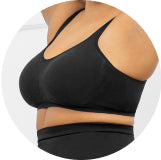
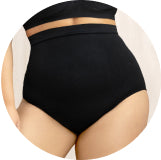
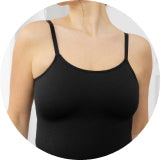
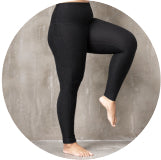
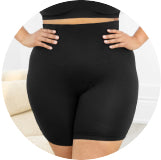
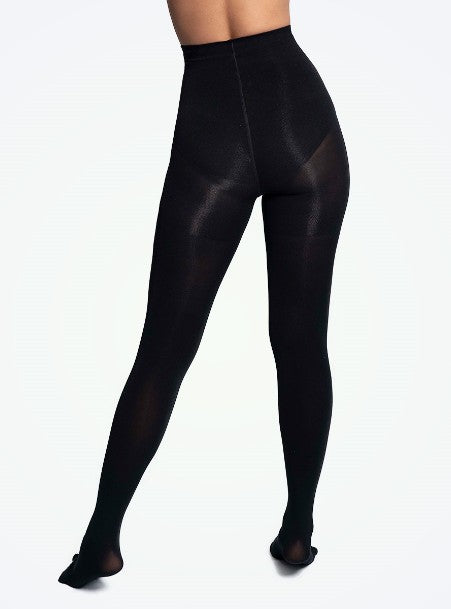
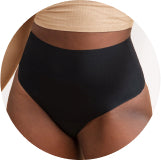
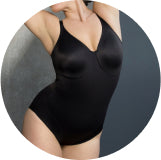



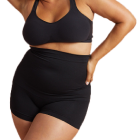
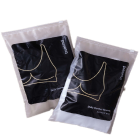













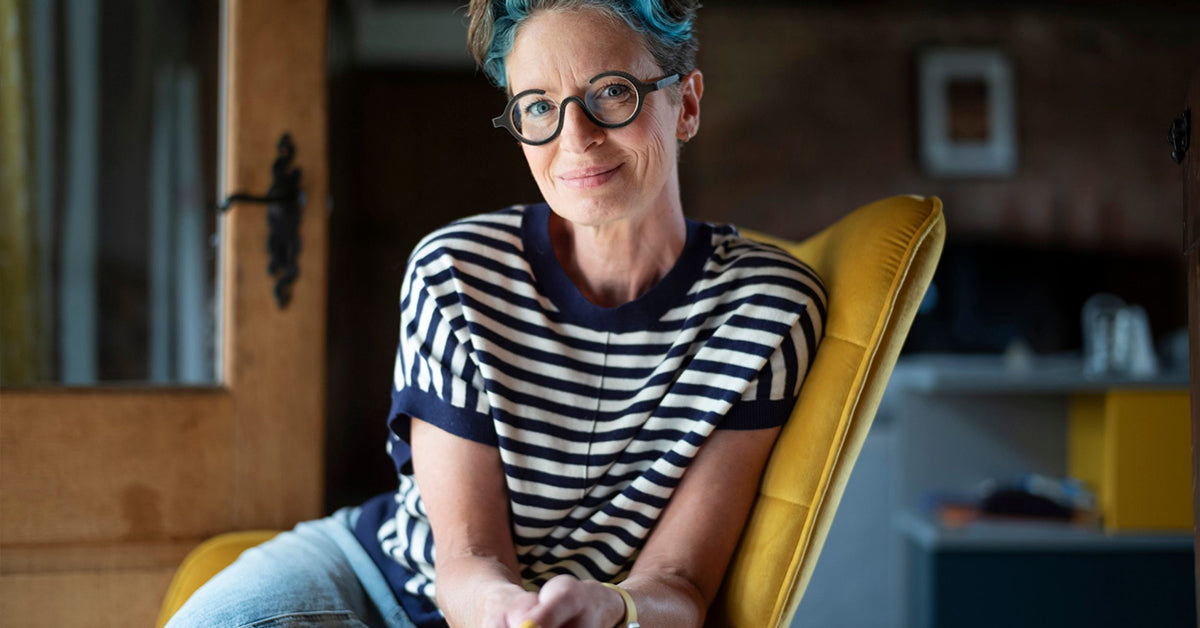






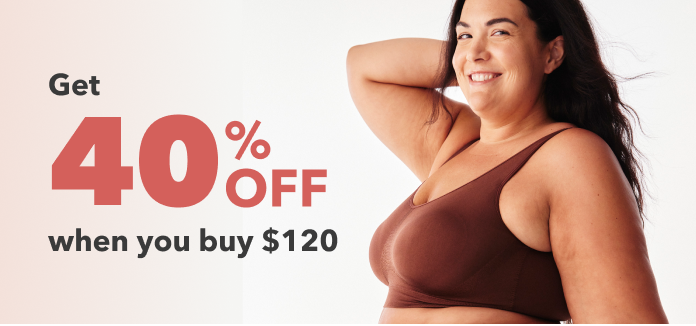


Leave a Comment
post a comment